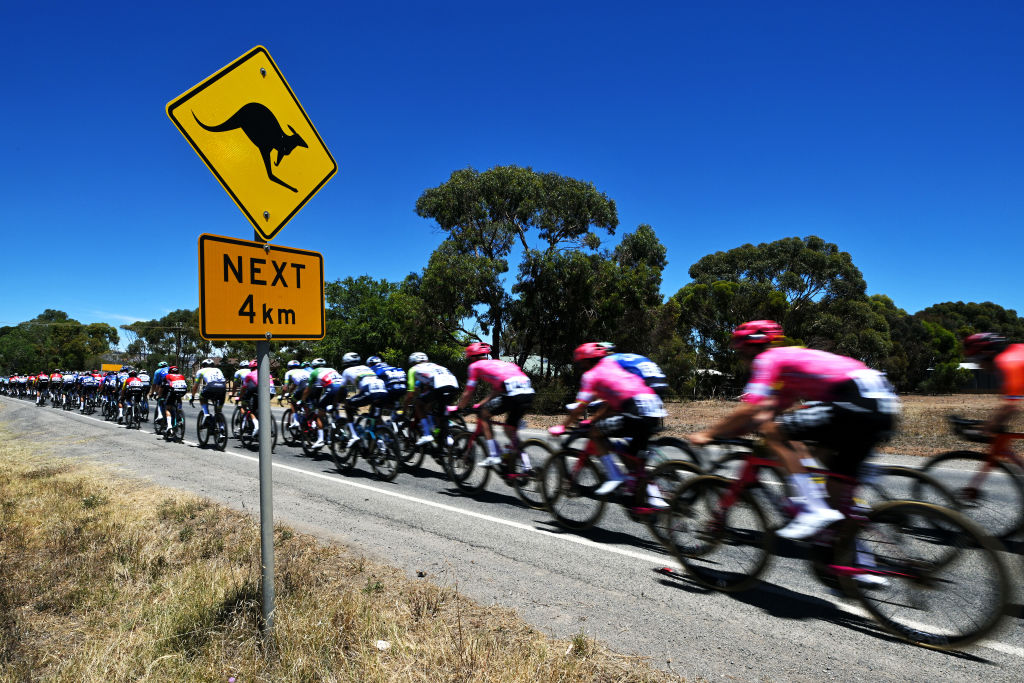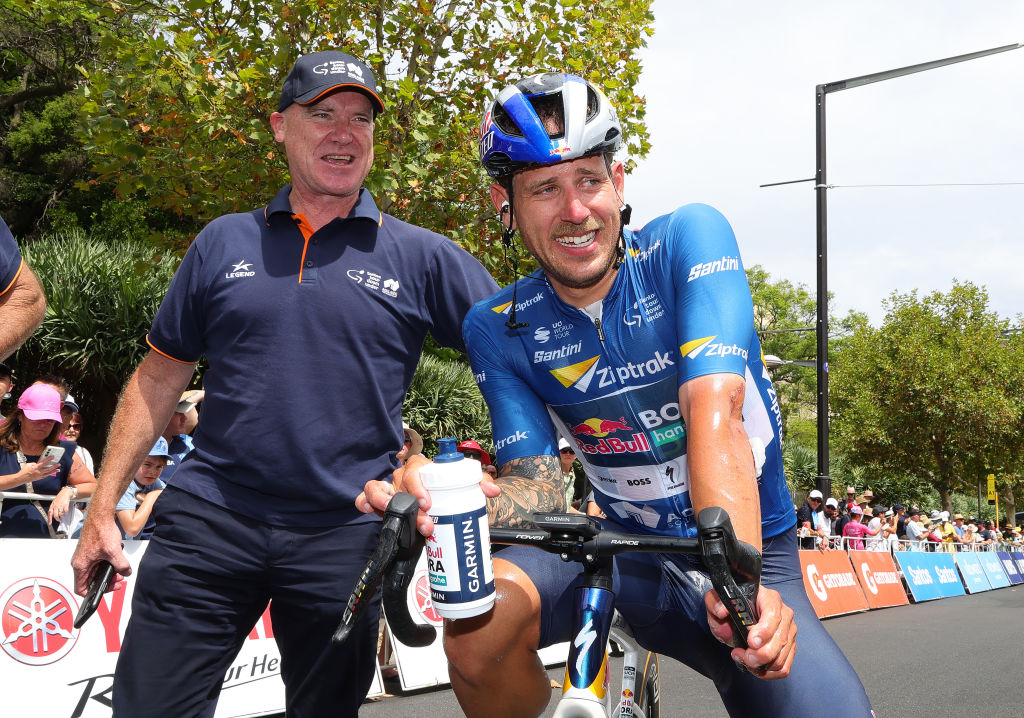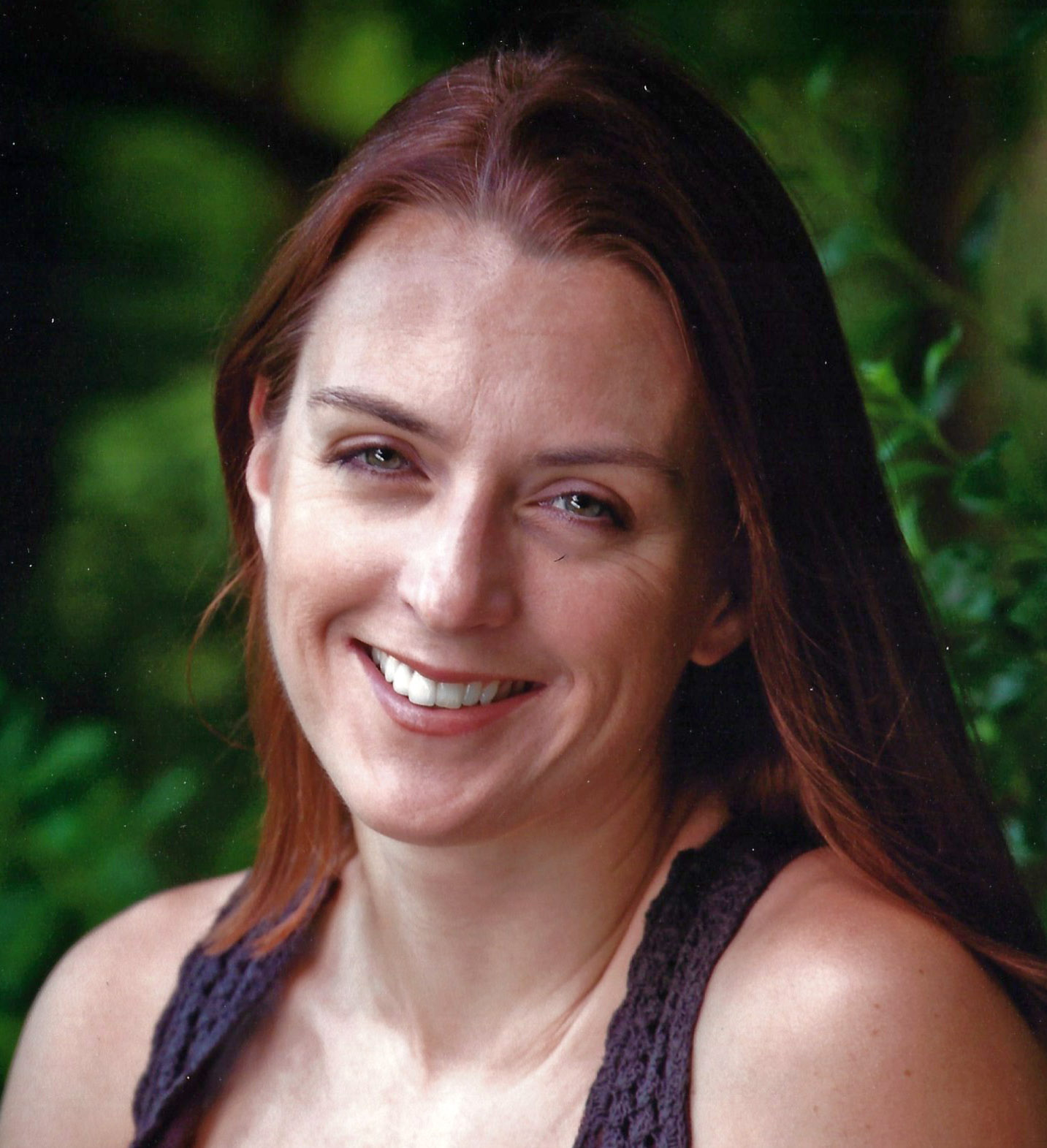A matter of seconds - is the Tour Down Under hard enough for the WorldTour?
Heat and the early season slot limit the potential for tough days in the Australian race, but we speak to teams to see if a harder race would challenge the WorldTour's best and attract more talent

The 25th year of the men's Tour Down Under was billed as the toughest course in the race's history but after Jhonatan Narváez (UAE Team Emirates XRG) beat Javier Romo (Movistar) by just nine seconds, is the race tough enough to challenge the WorldTour riders?
Narvaez won both through his brilliant ride on Willunga Hill and thanks to the time bonuses he gained in the sprint on stage 3 where he finished in the top three behind Romo and again on stage 4, where he battled with pure sprinters to finish third being Bryan Coquard (Cofidis).
The race is often decided on a matter of seconds, with an average 15-second gap between the winner and second place over 24 editions. Would making an even harder parcours make it more attractive to a Mathieu van der Poel, Remco Evenepoel or Wout van Aert? Is that even a consideration for the race?
Race director and former racer Stuart O'Grady said it's a balancing act to create a Tour Down Under route that's demanding enough but not so tough that if the temperatures soar as they have in past years, riders will still want to race.
"Every year it's one of the hardest parts of the job, designing a different but exciting race," O'Grady said to media following the final stage in Adelaide. "Speaking to all the guys and girls that I have, they're pretty happy. I didn't see too many riders crossing the line looking fresh, which is a sign that we've kind of got that balance right."
"It's January, we can't expect guys to be at a Tour de France level," he added. "We want the stages to be challenging, to be exciting, but we had a little heat reminder today - if it's 37 degrees (C) and if you start getting longer and longer [stages], we're going to potentially lose that balance."

The addition of Knotts Hill on stage 3 was intended to create more of a separation, but a much larger group came to the line than anticipated.
Get The Leadout Newsletter
The latest race content, interviews, features, reviews and expert buying guides, direct to your inbox!
Israel-Premier Tech's Michael Woods thought perhaps stage 3 could have used one more lap with Knotts Hill. "I'd like to maybe do the climb a couple more times, or do a circuit where you actually have a really challenging circuit," he opined to Cyclingnews. "But they've done a good job of making it quite challenging. From stage 2 to stage 5, it was an exciting bike race to watch."
UAE Team Emirates XRG sports director Baldato competed in the race in 2008 and has been back numerous times since becoming a DS upon retirement. He has seen the race won in many ways and said the level of difficulty of the Tour Down Under is still just right for the opening race of the season.
"I don't think they need to change," Baldato told Cyclingnews.
"We know almost all the climbs we did in the past, the Corkscrew [the final climb of a stage in five editions], Paracombe [where the race had stage finishes in 2015, 2017, and 2020], where you can make more of a gap. Paracombe, I remember was not too hard but was really steep in the final kilometre, and with the finish at the top, it made some difference. But they [have made] a good Tour."
Soudal-Quickstep sports director Geert Van Bondt agreed.
"I think it's already hard. I don't think it's an easy race," Van Bondt said to Cyclingnews, adding that the circumstances of the stages and how they've been raced also contributed to the small time gaps.
"In Tanunda, for example, there was a headwind on the climb, so it makes it a little bit easier. ... If it would have been a tailwind or a side wind, I think it would be more difficult. As it is now, it's a perfect scenario - you have two uphill finishes, you have two or three sprints, and you have some punchier finishes. So I think the race is already hard enough."
"Also, the Australians can train a lot, but the European riders have to train in like 10 degrees or eight degrees - we have to train in Belgium when the conditions are not so good. So I think the race is already hard enough like it is. I think even if you have two times an uphill finish, and you have three times, two or three times the sprints. I think it's a perfect scenario for this race, at least for me,
Of trying to attract top talent, O'Grady defended the Tour Down Under peloton, saying, "We've had a Tour de France winner here at least every year I've been at the helm. We're always pushing to have more quality, and that's not just as an event but with the riders."
He said riders are racing less and doing more training camps and going to altitude. "We're super proud of what we deliver and when we deliver it, being that first UCI World Tour race is extremely important for the investment that we put into the into the event. I'm more than happy with the quality of field.
"[We were] Tadej Pogačar's first ever WorldTour race, and [Alberto] Contador's rebirth - those big names have to start somewhere. In that January time slot, we get a first look at the [men's] and Women's WorldTour teams - the flashy new bikes, nice new jerseys - that's part of the build-up and the excitement we get in January. Plus, Chloé [Dygert] is an absolute international superstar and to see those riders winning on our roads, that's my dream come true."

Laura Weislo has been with Cyclingnews since 2006 after making a switch from a career in science. As Managing Editor, she coordinates coverage for North American events and global news. As former elite-level road racer who dabbled in cyclo-cross and track, Laura has a passion for all three disciplines. When not working she likes to go camping and explore lesser traveled roads, paths and gravel tracks. Laura specialises in covering doping, anti-doping, UCI governance and performing data analysis.